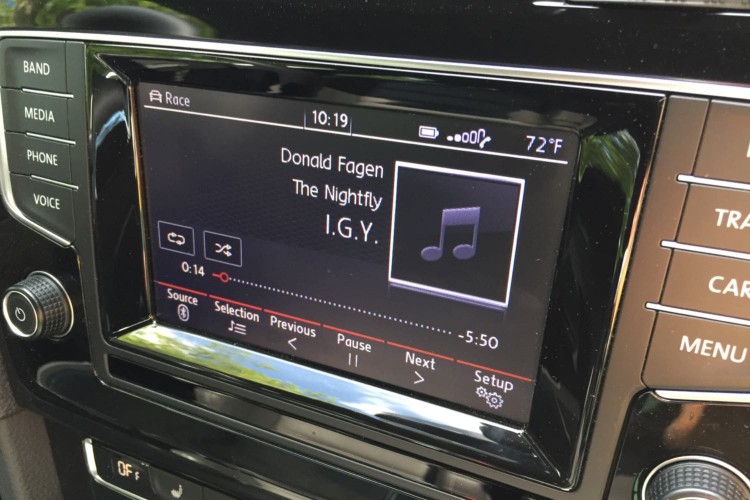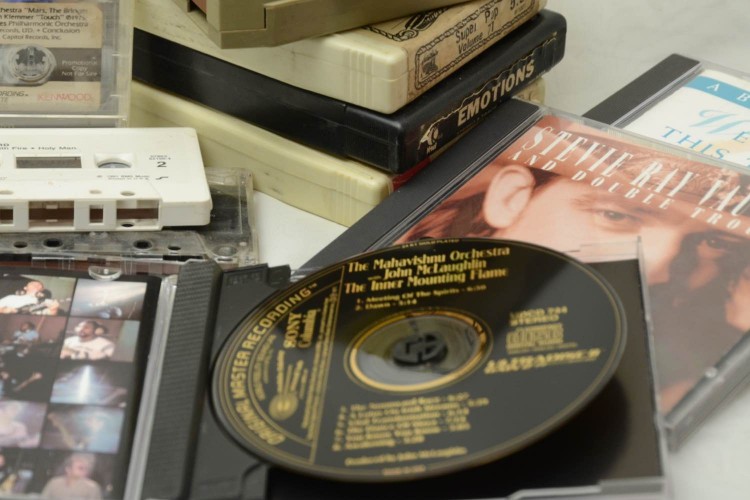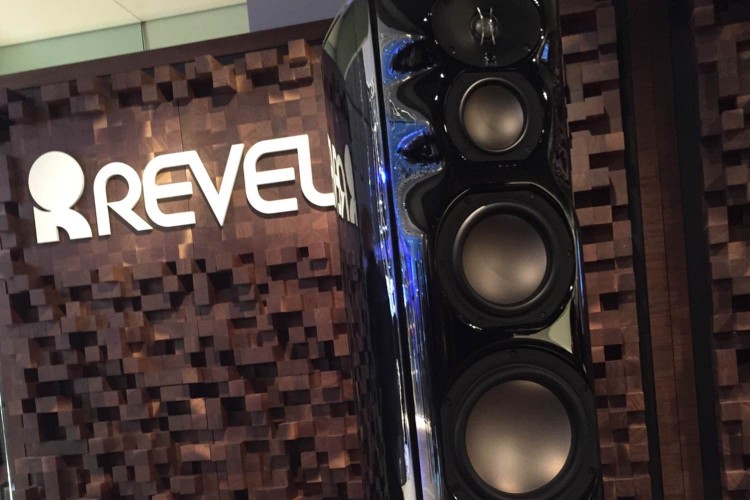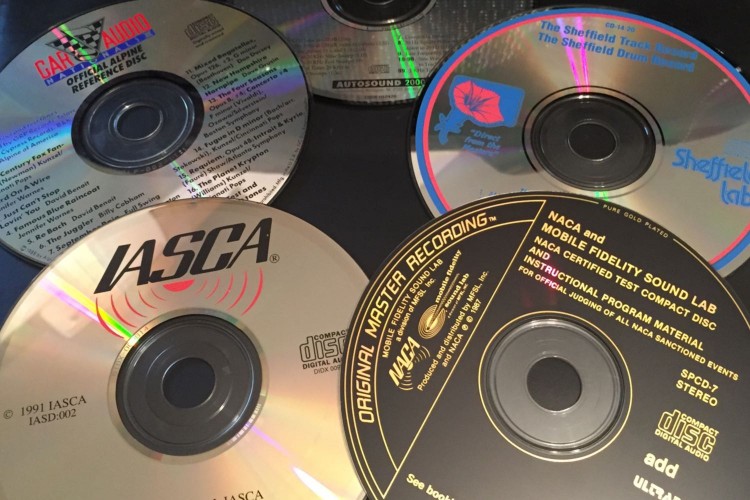In the first part of this series on Car Audio I discussed basic terminology and history of radios in the automobile. This part takes a look at the types of music sources, and the music itself, that we play in our vehicles. Regardless of what type of car stereo equipment you employ in your vehicle, it all begins with music.
Since music is the most reproduced sound in our vehicles I am concentrating on it as the audio source for this series. Yes, many folks listen to spoken word in their cars such as talk radio or audio books, but I am addressing musical reproduction here. Musical tastes and genres vary greatly from person to person, but music recorded accurately will demonstrate how well a car audio system can reproduce all types of music.
Music for our vehicles can come from a variety of sources, be it broadcast, satellite transmission, streamed, portable music player, CD, DVD, or even internal hard disk drive. A direct digital source will usually have the best quality recording, although there are many determining factors here as well. And I won’t even delve into the issues going on in the recording industry today, for that I will refer you to the piece on Loudness Wars from a couple of years ago.
When testing a car audio system or components, I have a specific set of digitally recorded music that I use. The recordings are all stored on my iPhone and have been saved in a loss-less format, meaning no compression software has been introduced into the mix and the fullest range of sound (and therefore the best sounding reproduction) is available for me to accurately test the equipment.
I do not employ any fancy test equipment, just my trusty ears and decades of experience. I am by no means a recording engineer, but I know what I like and I know what musical instruments and vocals are supposed to sound like, be it in a studio or in the vehicle on the road. Surprisingly (or not), none of the music I use to audition car audio is from this decade, or even this century for that matter. I use a mix of classical, jazz, instrumental, and rock (but occasionally I will cheat and mix in some current hits played over broadcast or satellite radio for comparison).
All this being said, every one of us likes a variety of music genres and styles and we each have to judge for ourselves what we like to listen to and how we like to listen to it. What I find appealing may have you holding your ears, and vice versa. Regardless of your personal preferences, try to get the best quality recording of that music and use that to audition car stereo systems and equipment.
Several years ago, Matt Kirsch, a lead audio engineer for Chevrolet, listed his Top 10 favorite songs for evaluating car audio systems:
• “Don’t Know Why” by Norah Jones – Listen for Norah’s voice to sound natural, and centered in front of you;
• “Diamonds and Rust” by Joan Baez – Listen for strong vocals, and for the instruments to be set across a wide sound stage;
• “No One” by Alicia Keys – Listen for clarity in Alicia’s vocals and spacious background sound;
• “Hotel California” by the Eagles – Listen for the clarity and dynamic range during the opening guitar solo, and of course the powerful drumbeat;
• “Boom Boom Pow” by the Black Eyed Peas – Listen for powerful, accurate bass beats, even at full volume;
• “Rock That Body” by the Black Eyed Peas –Listen for clear, intelligible lyrics over the powerful, persistent bass beat;
• “Hide and Seek” by Imogen Heap – Listen for the enveloping ambience of the song, building on the openness and dynamic vocals
• “He Mele No Lilo” by Mark Keali’i Ho’omalu from “Lilo and Stitch” – Listen for the ambience and staging as the children’s chorus is offset by powerful bass;
• “Bird on a Wire” by Johnny Cash – Listen for the clarity in Johnny’s distinctive voice, and his guitar to sound natural and free of any coloration;
• “Packt Like Sardines in a Crushd Tin Box” by Radiohead – Listen for the punch from the percussive bass, and the ring of the steel drums.
My personal favorites for auditioning car audio equipment include:
• The CD “The Drum and Track Record” from Sheffield Labs;
• The album “Dark Side of the Moon” from Pink Floyd;
• “Hey Nineteen” by Steely Dan and “I.G.Y.” from Steely Dan’s Donald Fagen;
• Telarc’s “Bachbusters” CD by Don Dorsey;
• Neal Peart’s drum solo on “YYZ” by Rush;
• “James Newton Howard and Friends” CD (also by Sheffield Labs);
• Assorted tracks by The Police, Phil Collins, Van Halen and Yes; and,
• A handful of Test Track CDs produced by autosound organizations (CAN, NACA and IASCA) in the late ‘80s to early ‘90s.
Next Time in Car Audio, D.I.Y. or PAY: How Will You Upgrade Your Car Audio?





